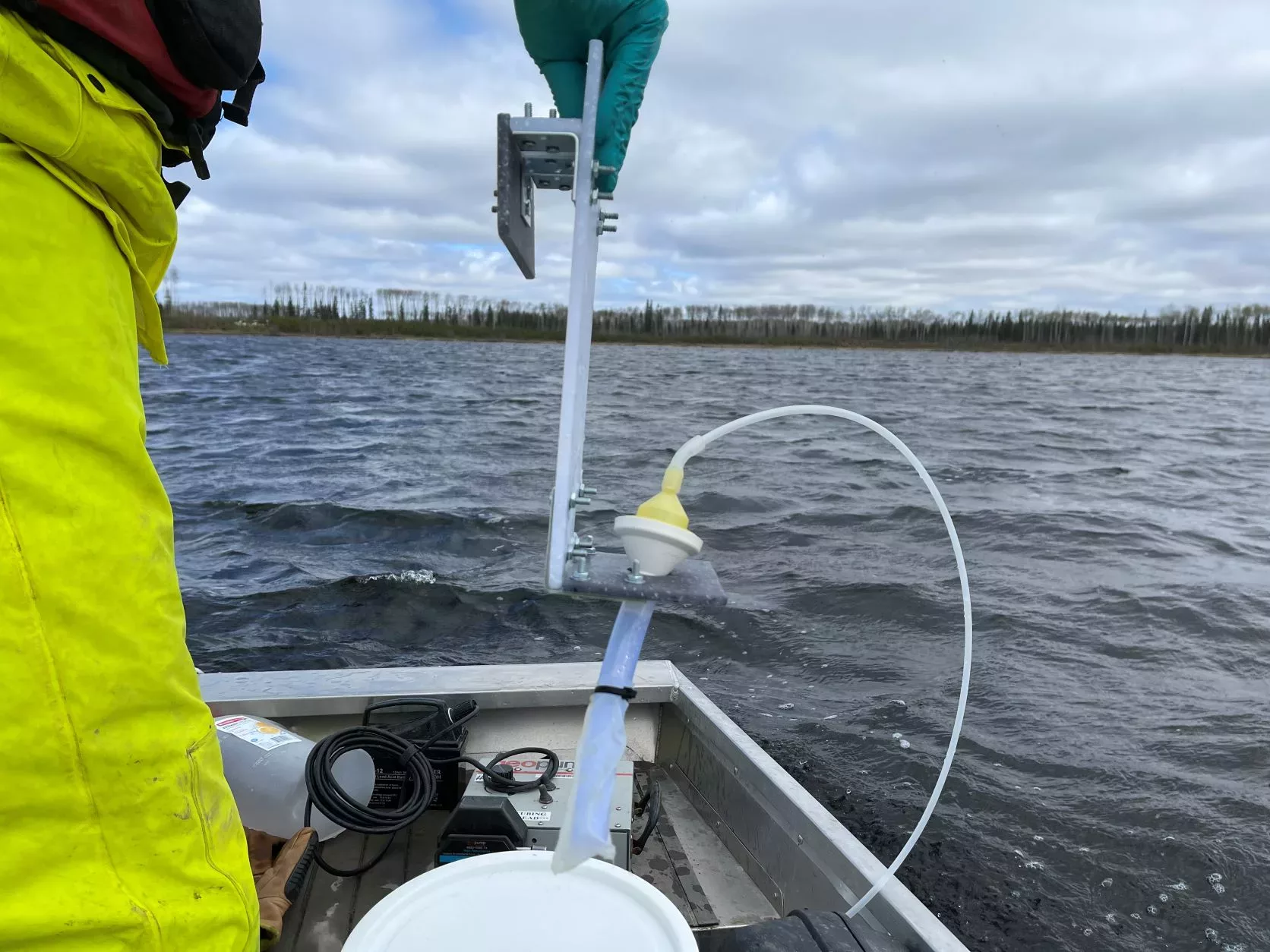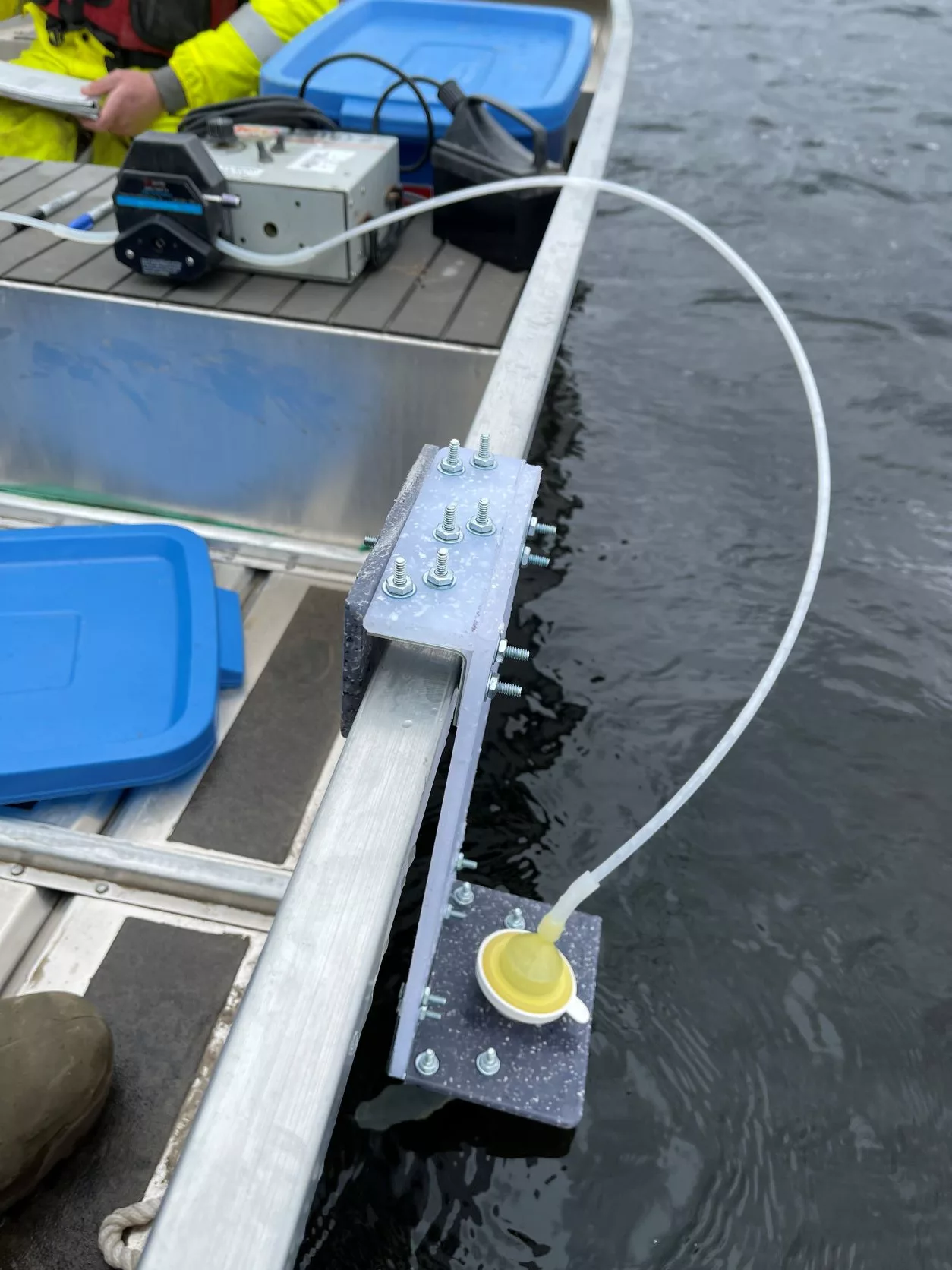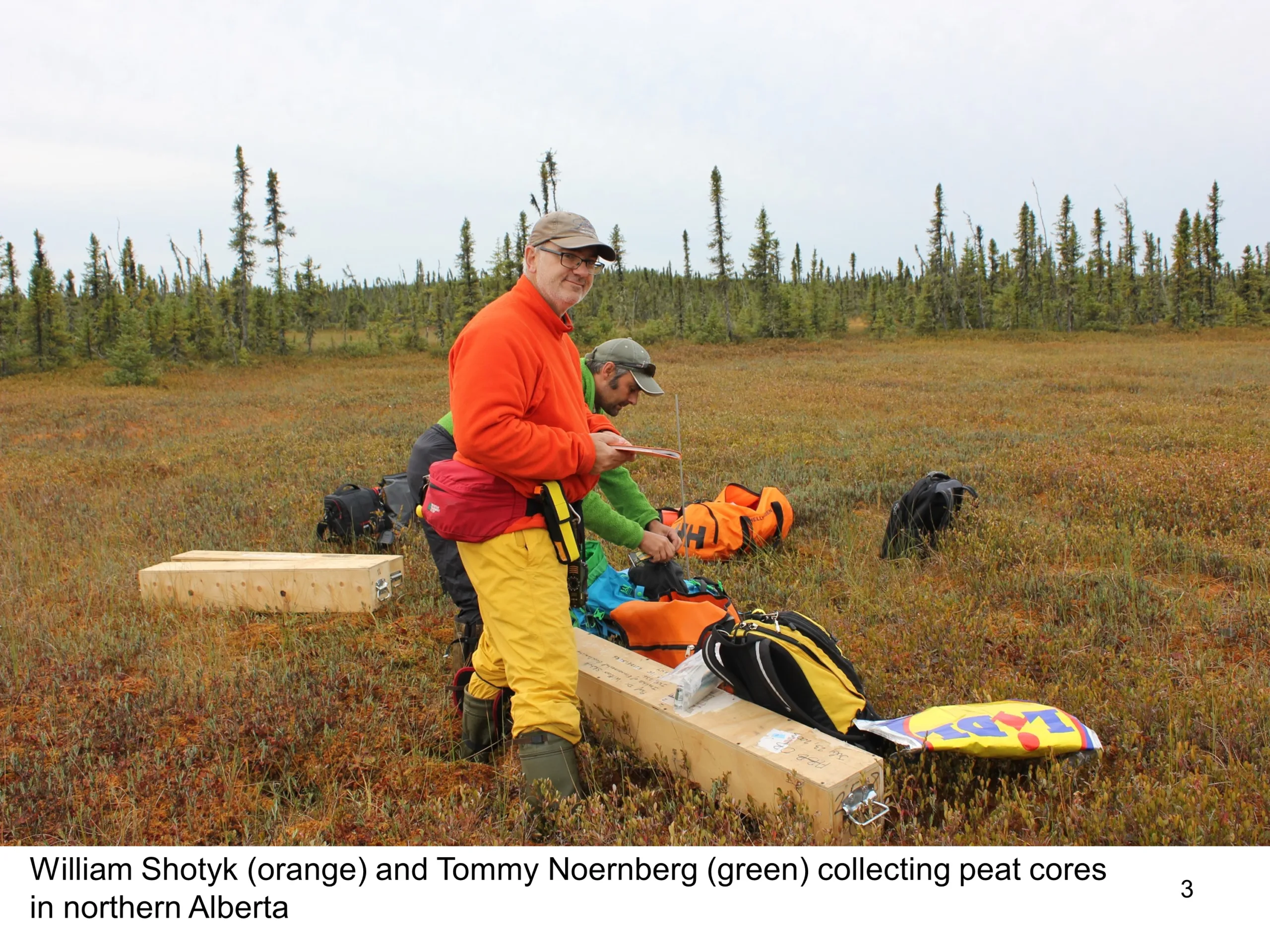eDNA is revolutionizing biodiversity monitoring in the oil sands

Genetic fingerprinting widely used to solve legal mysteries and cure disease is emerging as an important tool to support a variety of life in Canada’s oil sands region.
Environmental DNA (eDNA) is becoming an important tool for monitoring ecological systems quickly, efficiently and in a non-invasive manner and is being successfully used by oil sands companies to support reclamation and restoration efforts in the Boreal Forest.
“We are trying to improve our biodiversity monitoring in a simpler and more effective way,” said Imperial’s Carolina Berdugo-Clavijo, a biologist working on the aquatic monitoring program at the Kearl oil sands project. “eDNA is another tool in the toolbox for us, and an important one where we can obtain comprehensive biological information of an organism or ecosystem.”
Members of the Pathways Alliance –Canadian Natural, Cenovus Energy, ConocoPhillips Canada, Imperial, MEG Energy and Suncor Energy – are driving this next generation of scientific and technological advances focused on reducing industry’s impacts to air, water, and tailings.
They are focused on improving environmental performance through collaborative action and innovation. The use of eDNA to add to the information provided by ecologists is a potential game changer.
The traditional methods for monitoring biodiversity, such as hidden cameras, vegetation surveys, fish trapping, among others can be labour intensive, invasive and often expensive. Companies see the opportunity to greatly enhance their knowledge base by sampling soil, water, even air, to acquire the environmental DNA at a location.
eDNA provides companies a more detailed assessment of an ecosystem and a better understanding of the facts on the ground, which is critical to reducing your environmental footprint.
The cells of all living things include DNA, the basic building block of life. When they shed skin, scales, fur, waste, bark or leaves their DNA can persist in their surrounding environment. The rapid advances in DNA sequencing capabilities and computer power over the last two decades has seen a corresponding surge in its applications across the scientific world.
At Imperial’s Kearl development, eDNA is being used in areas including monitoring the establishment of fish communities in compensation lakes (built to replace fish habitat).
The eDNA pilot project at Imperial is led by the Environmental Research Group as environmental scientists work with the Operations and Reclamation teams to support reclamation activities as part of overall regulatory compliance obligations.
The eDNA technologies are being explored for monitoring of species of interest in the oil sands like caribou, Canadian toad, fish communities and potentially to assess reclamation success by mapping soil microorganisms in reclamation sites.
“With the development of the human genome project (the mapping of all the genes of the human DNA, completed in 2003) there was a giant advance in sequencing technologies,” said Berdugo-Clavijo. “That revolutionized our ability to get all sorts of genetic information very rapidly from that tiny molecule of DNA present in all living beings from microorganisms to mammals.”


The pilot eDNA project at Imperial’s Kearl site began in 2019 and involves monitoring the community of fish at a compensation lake. The fish DNA is collected at the lake from water which is filtered at site to collect sediments where DNA is attached and shipped to a lab for analysis.
At the lab, the DNA of the target community is amplified (to make thousands of copies of the DNA) using chemical primers or DNA markers that select the specific region of DNA for the species of interest. The amplified DNA is then sequenced, its identity is deciphered by comparing it to already known sequences present in an openly available database.
The eDNA results obtained in the pilot study have shown that with the right interpretation the results closely align with what was obtained by the conventional monitoring approaches as the expected community of fish was detected.
“The interpretation of eDNA data is critical and requires support from experts to make sense of the information, the application will only get better as more information is added into the public databases,” said Berdugo-Clavijo.
There isn’t one single scientific advancement that will resolve complex environmental challenges but the application of rapidly advancing technologies such as eDNA will help industries better understand the ecosystems where they operate and mitigate the impacts to land, water and air.


